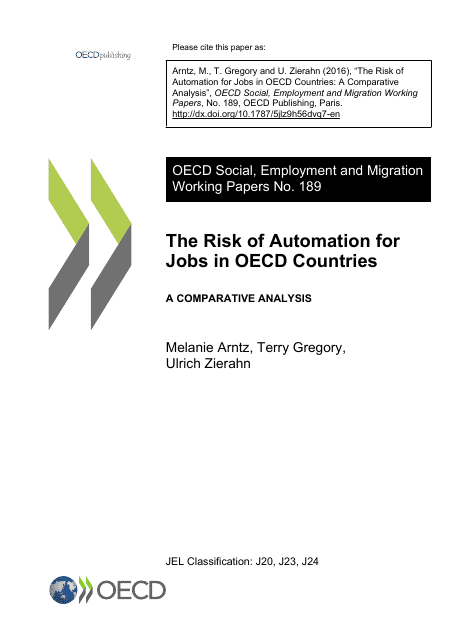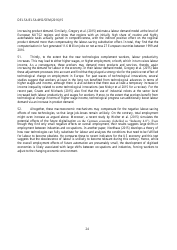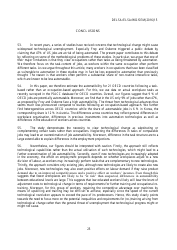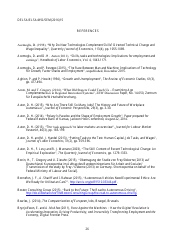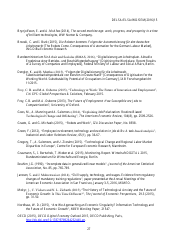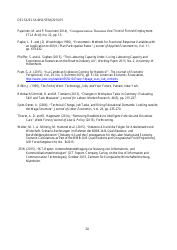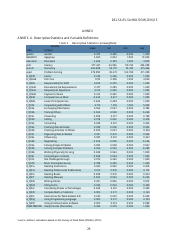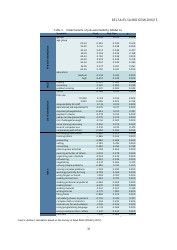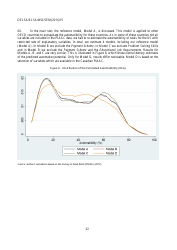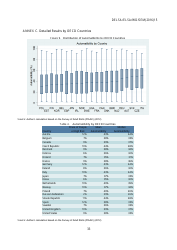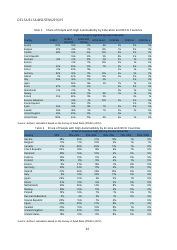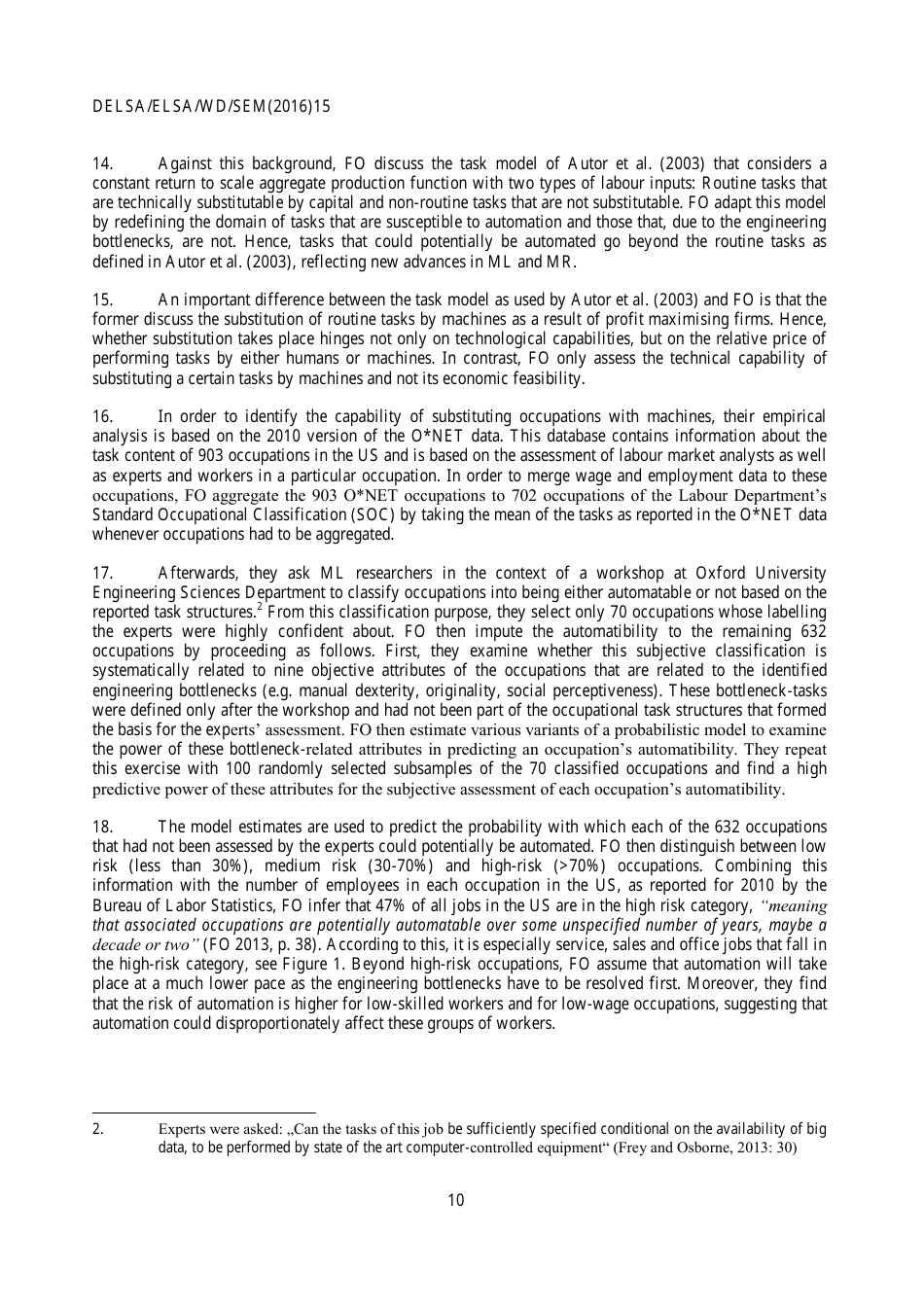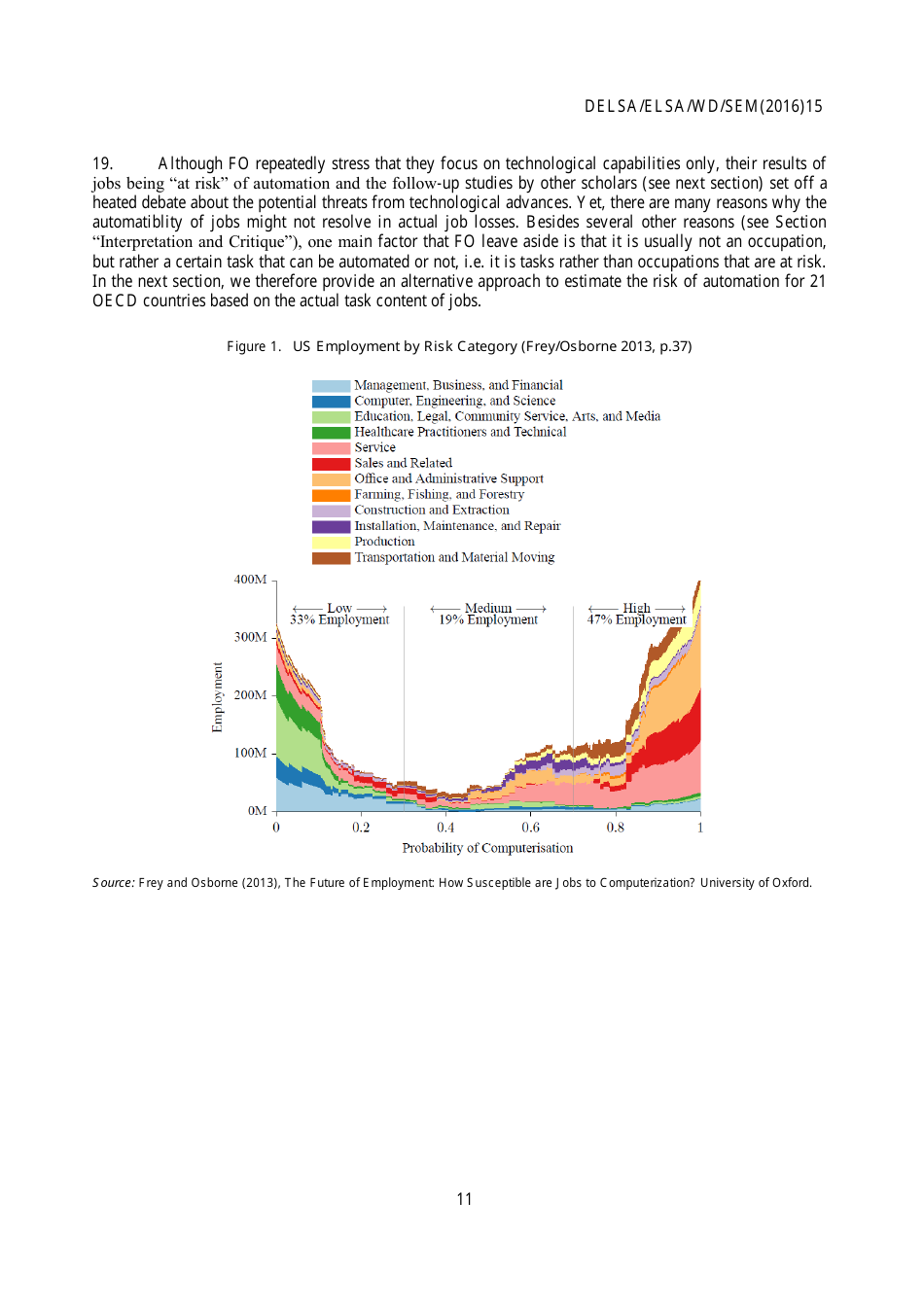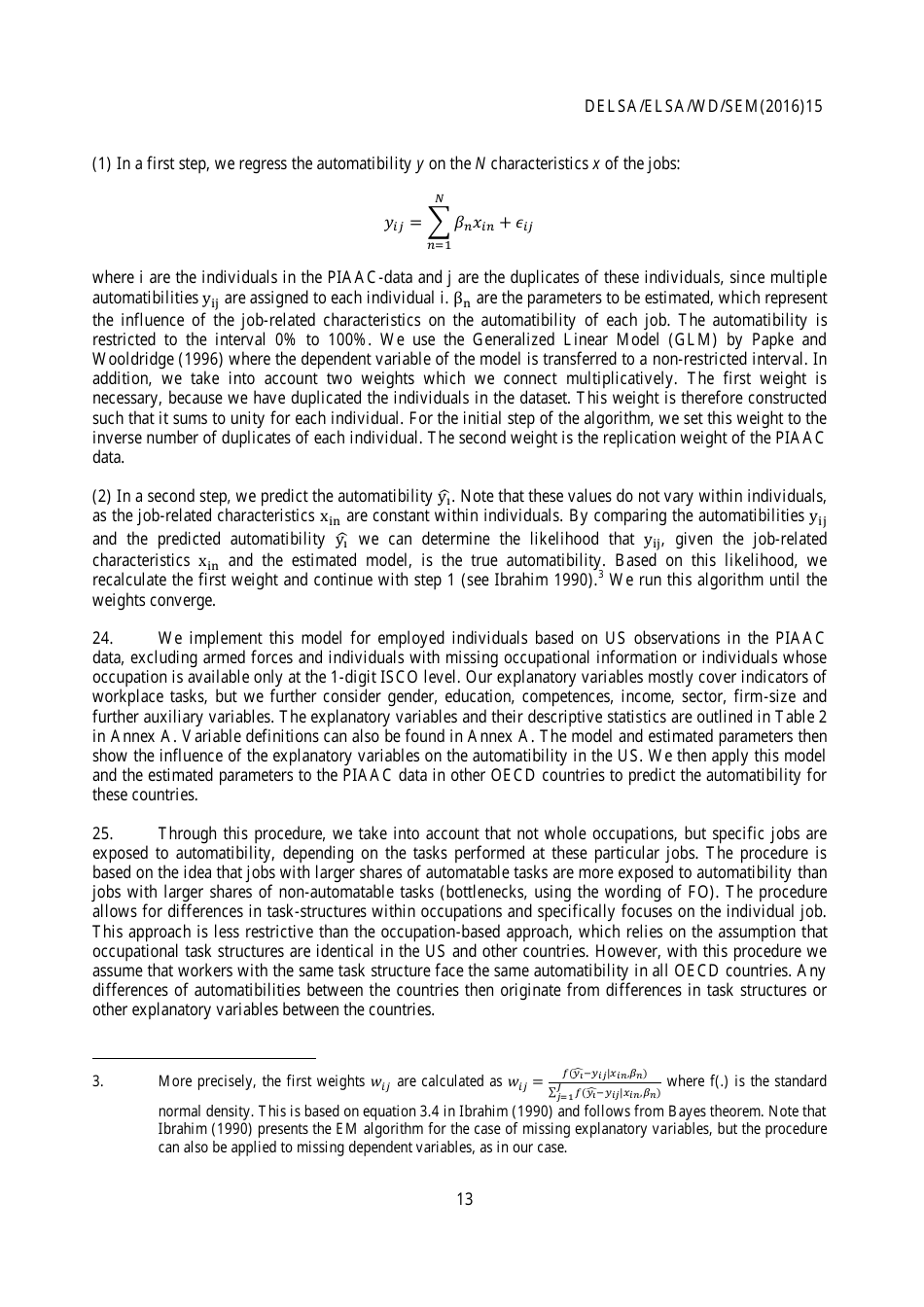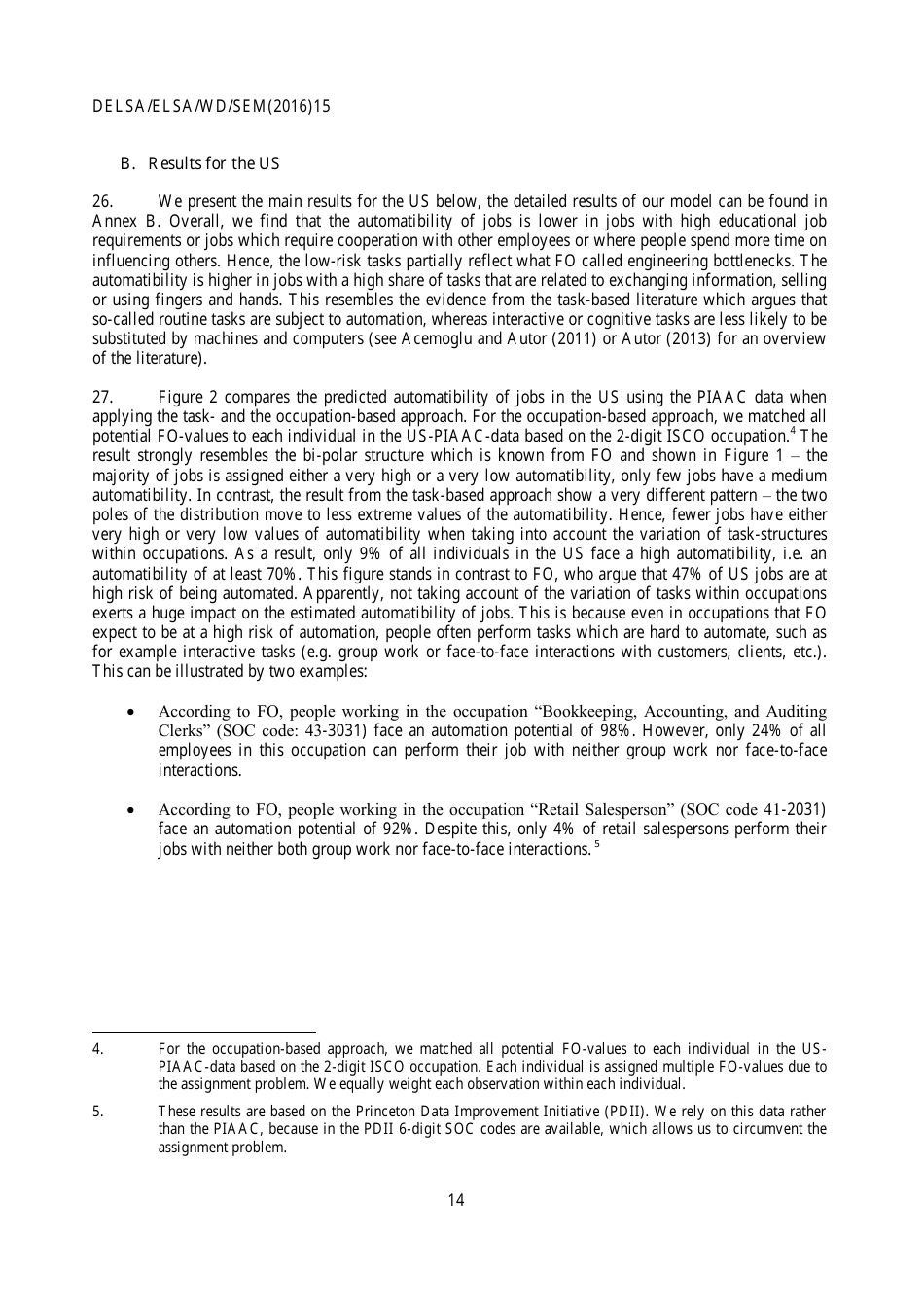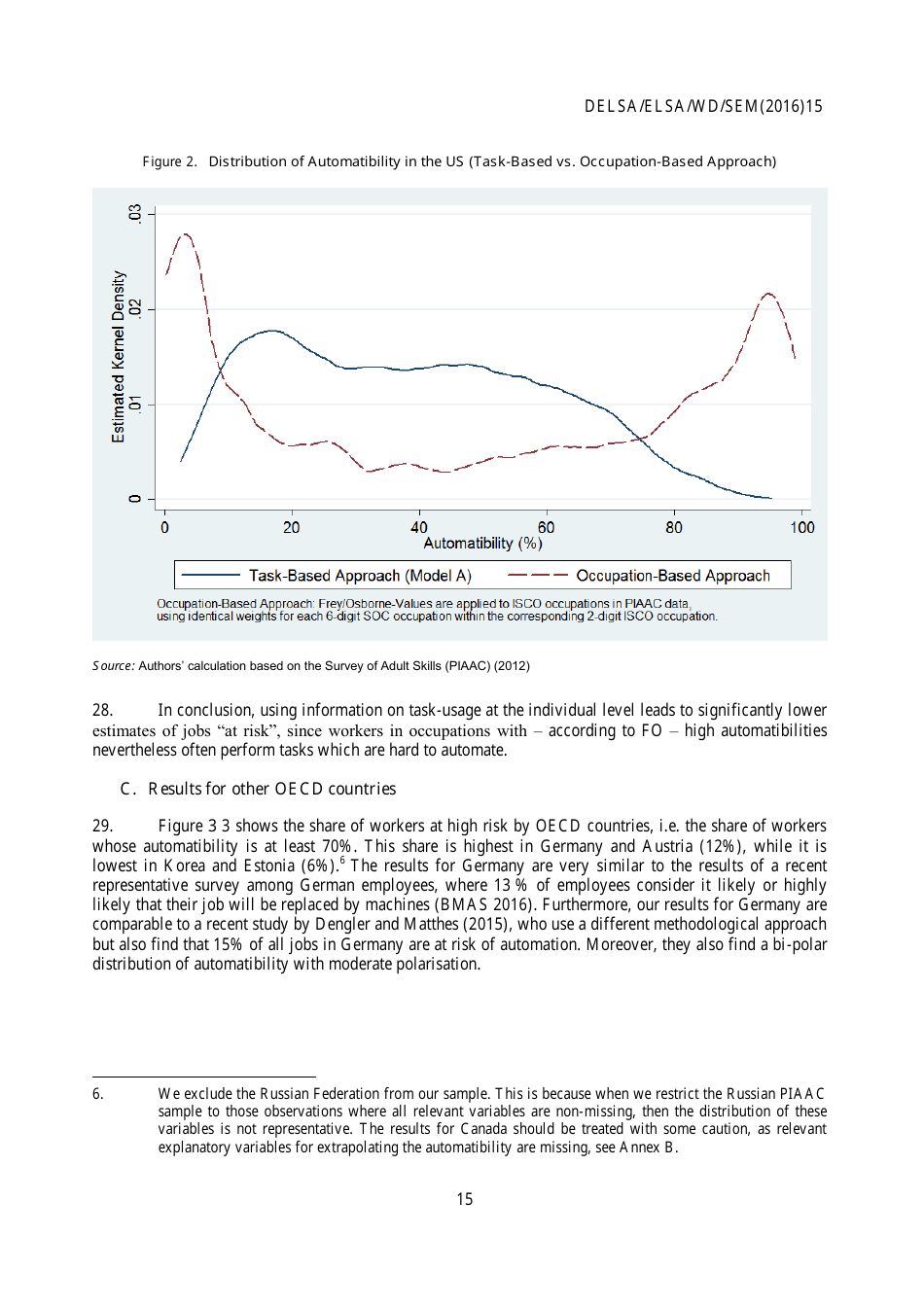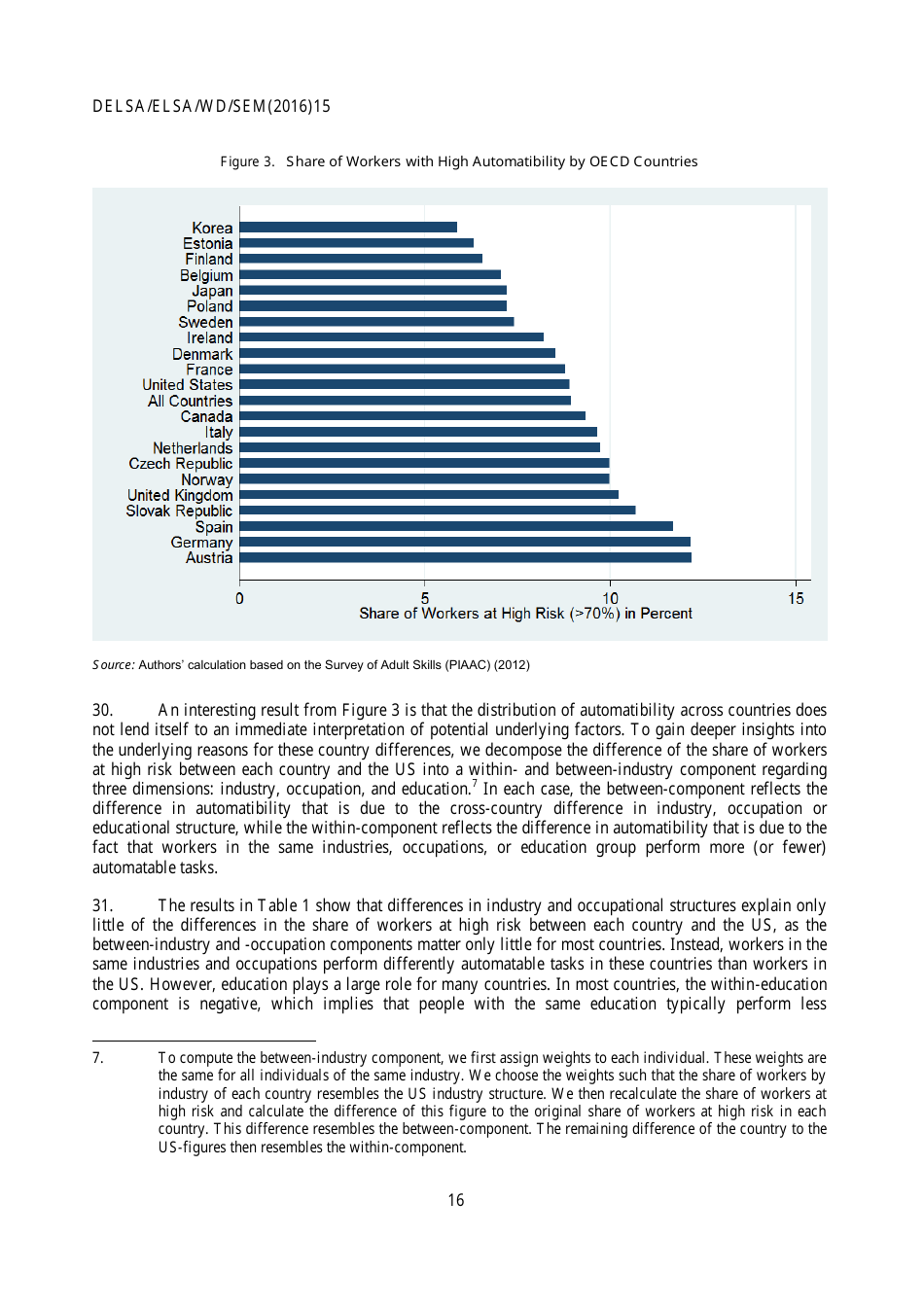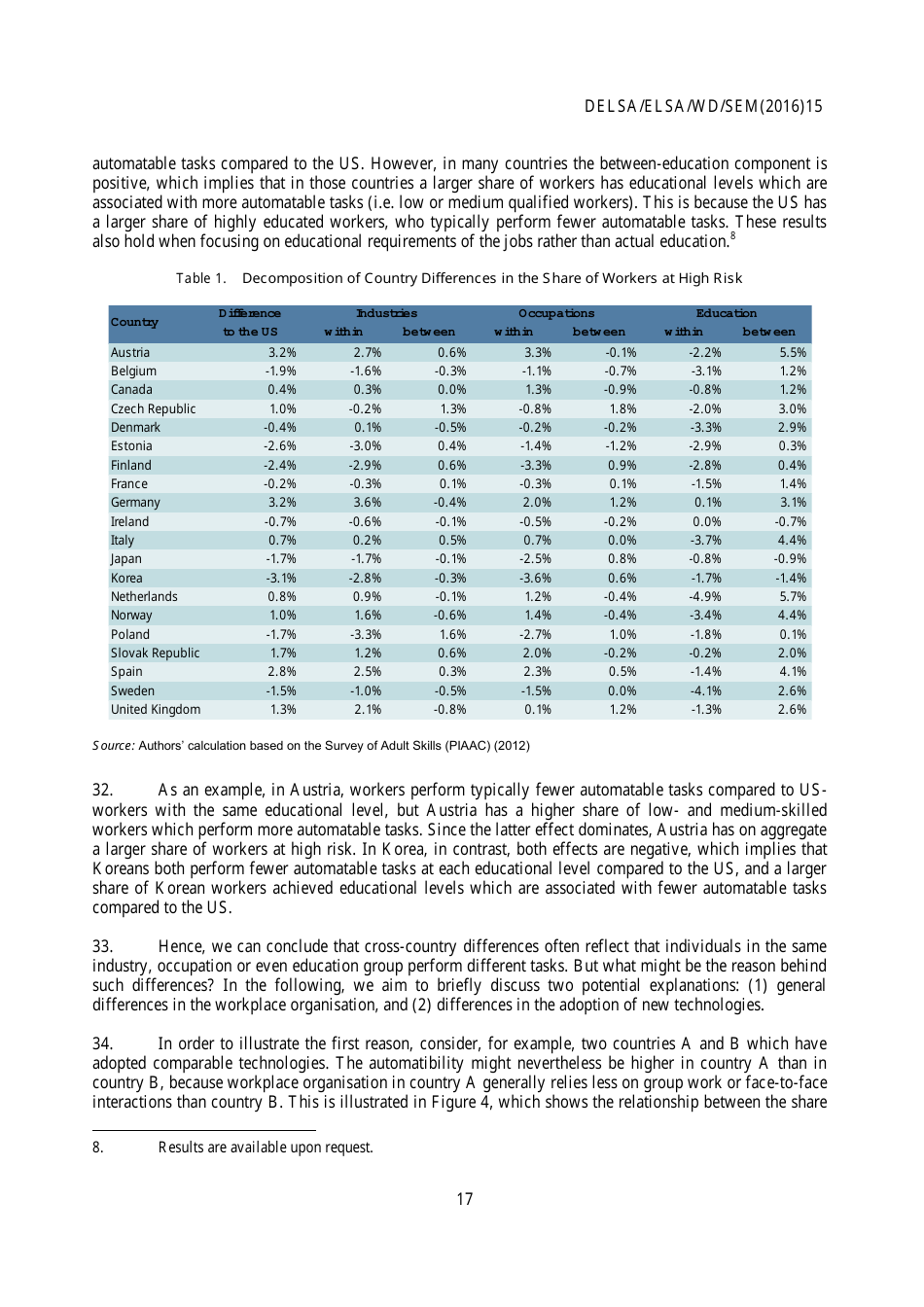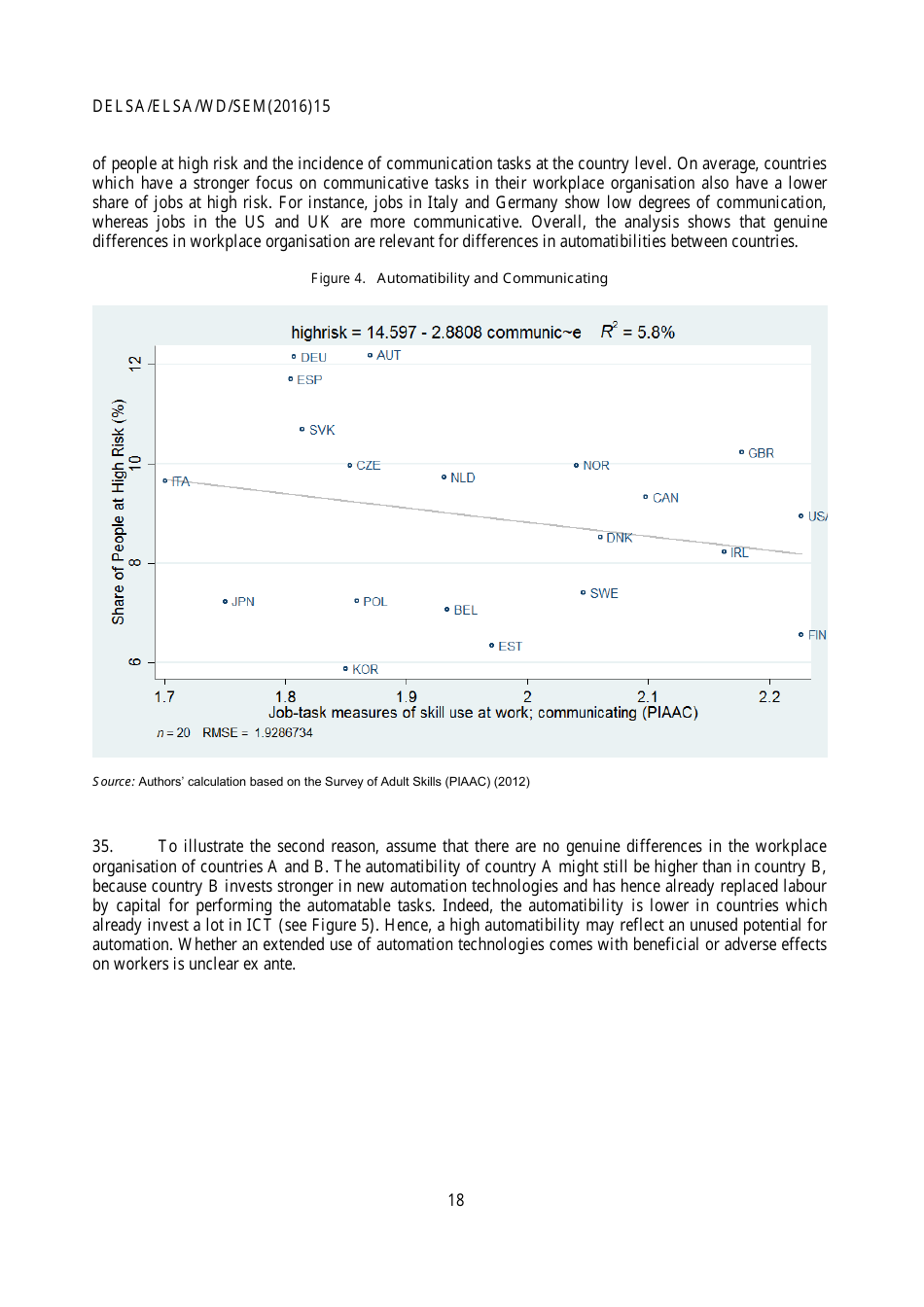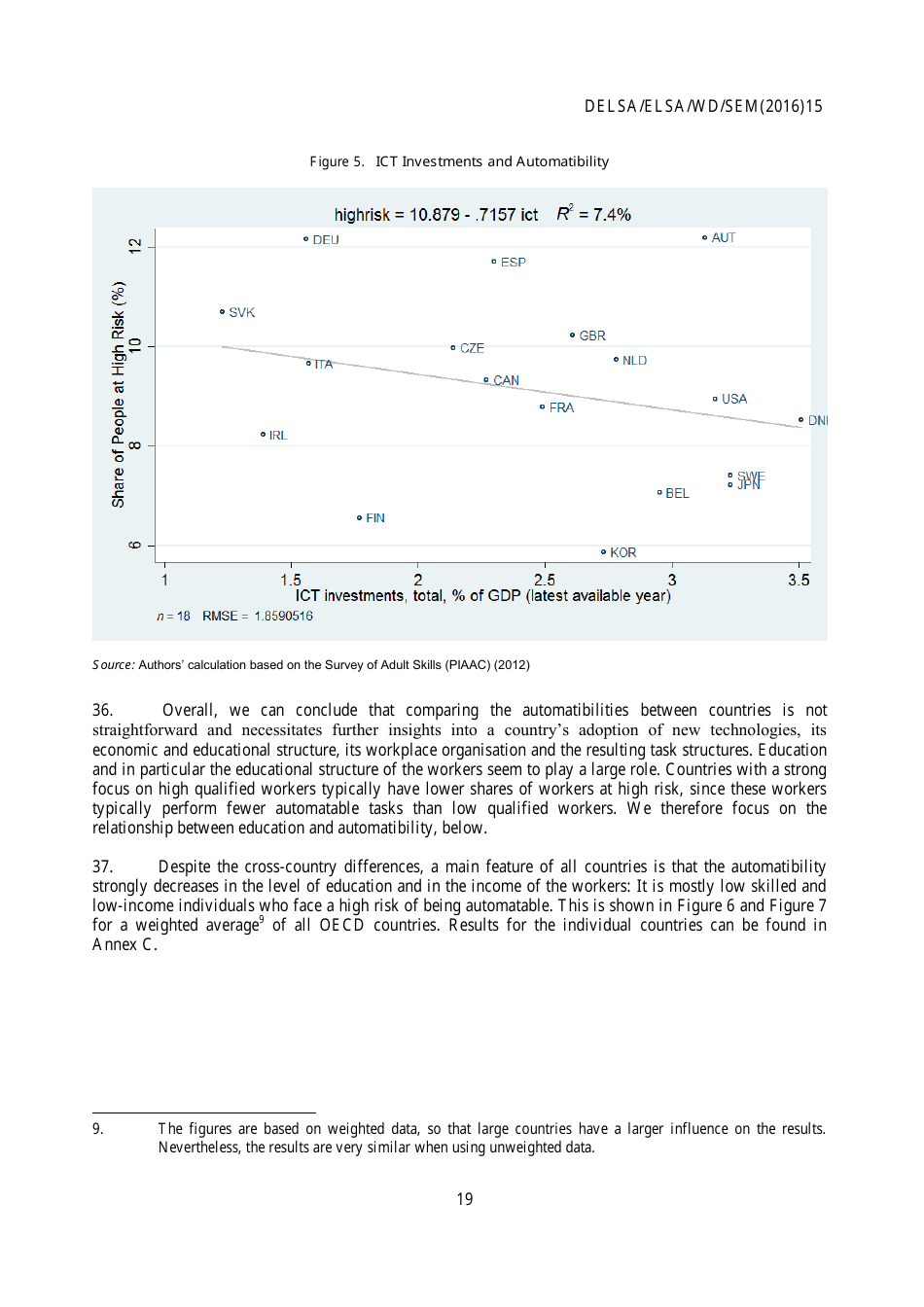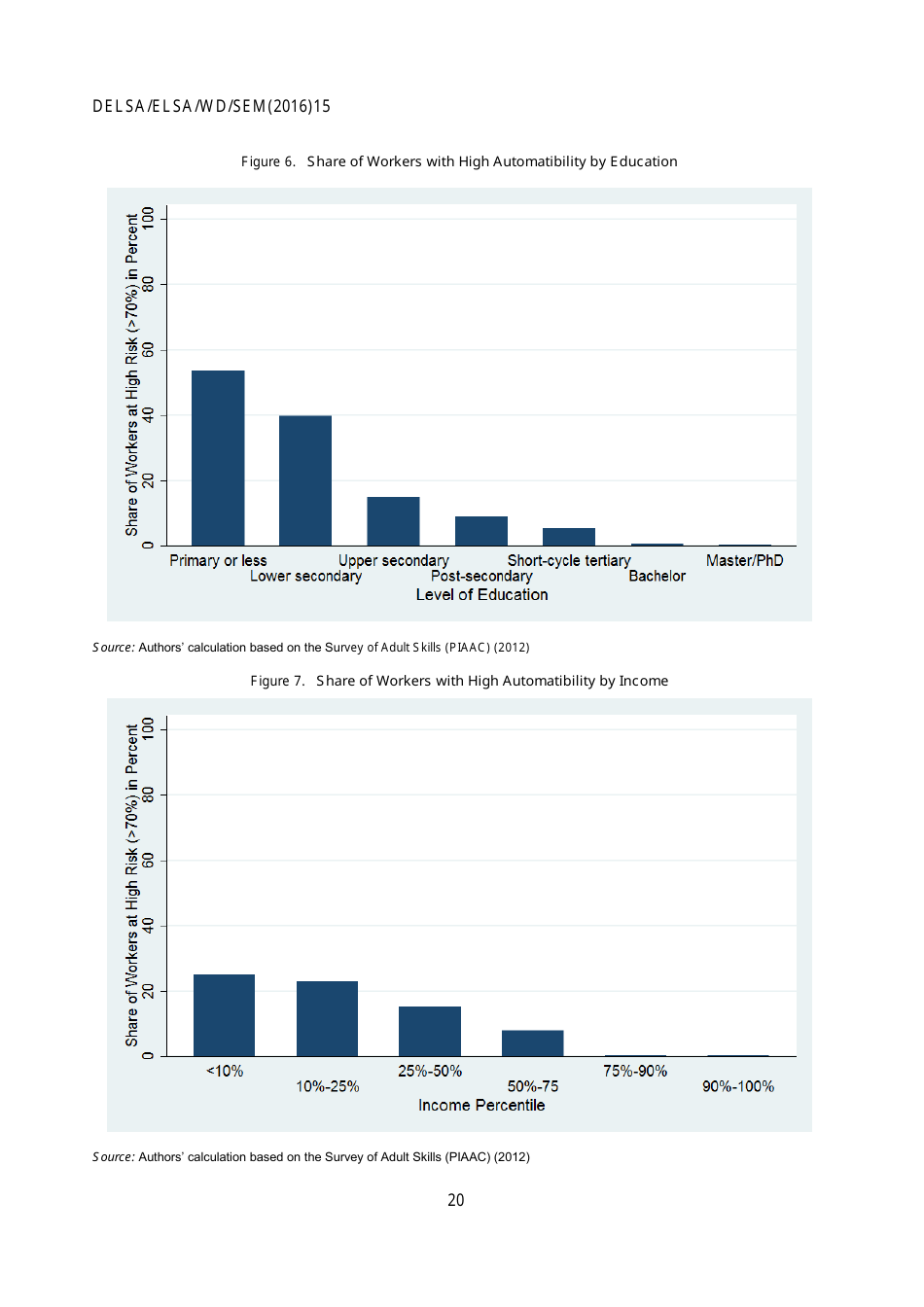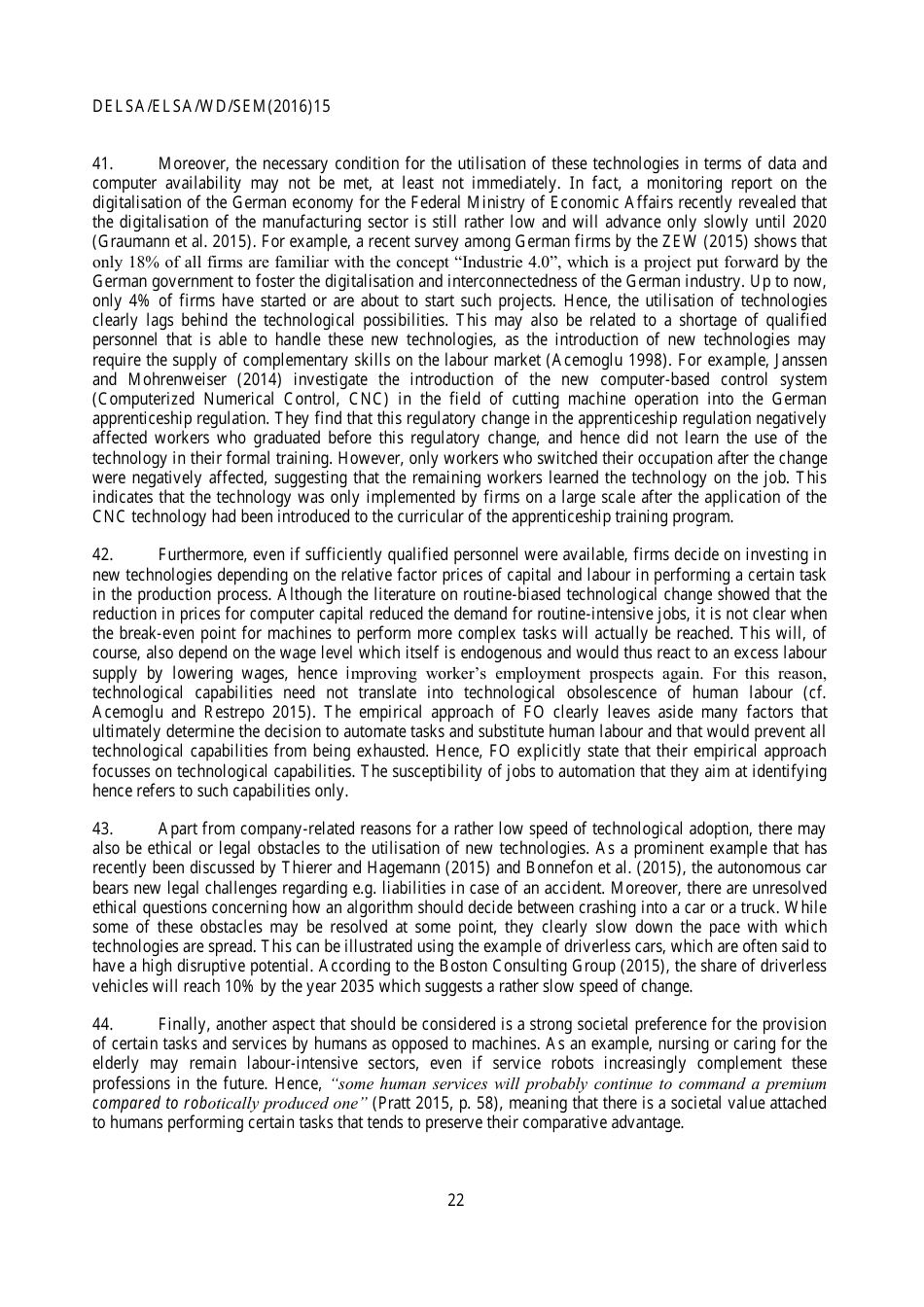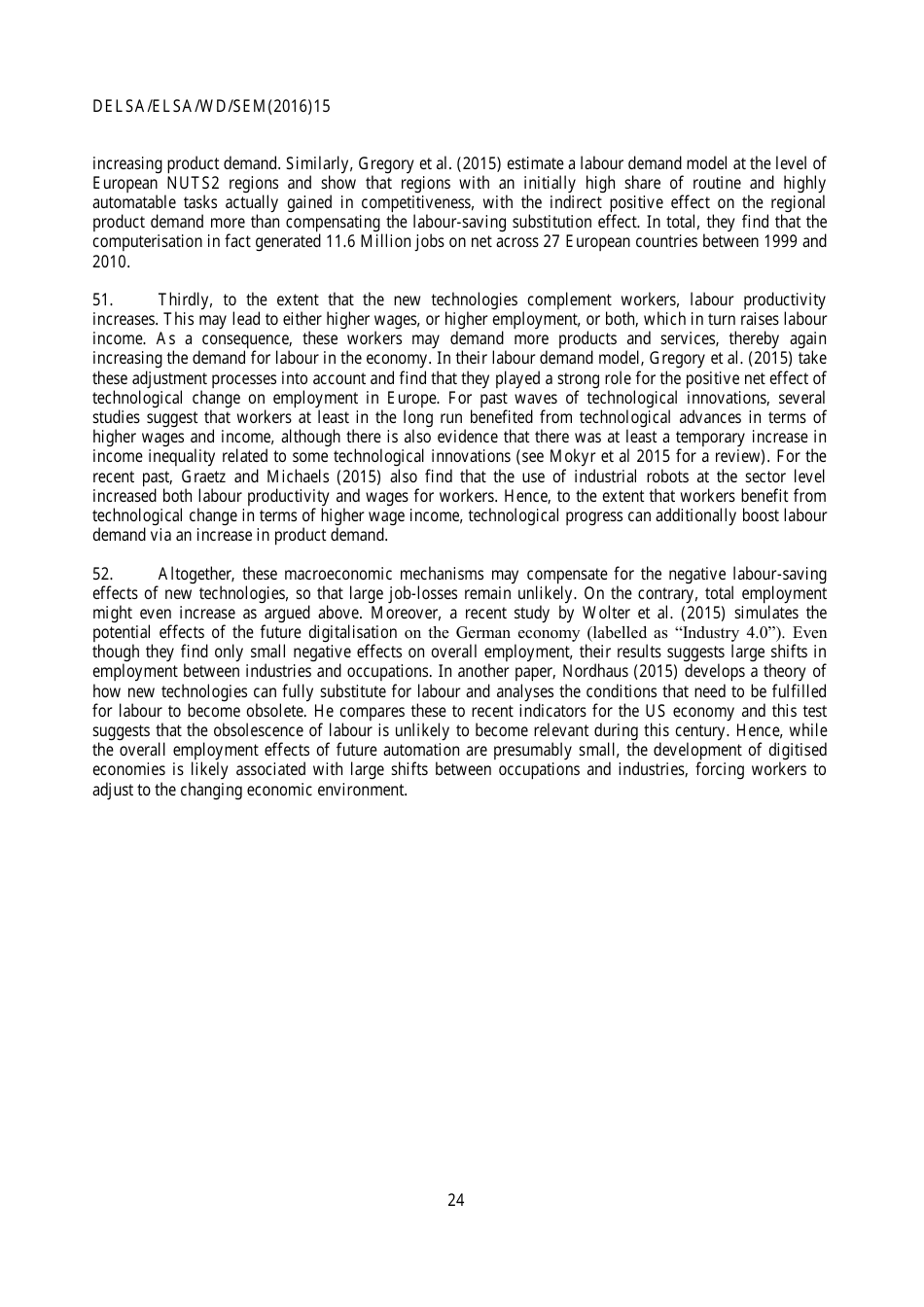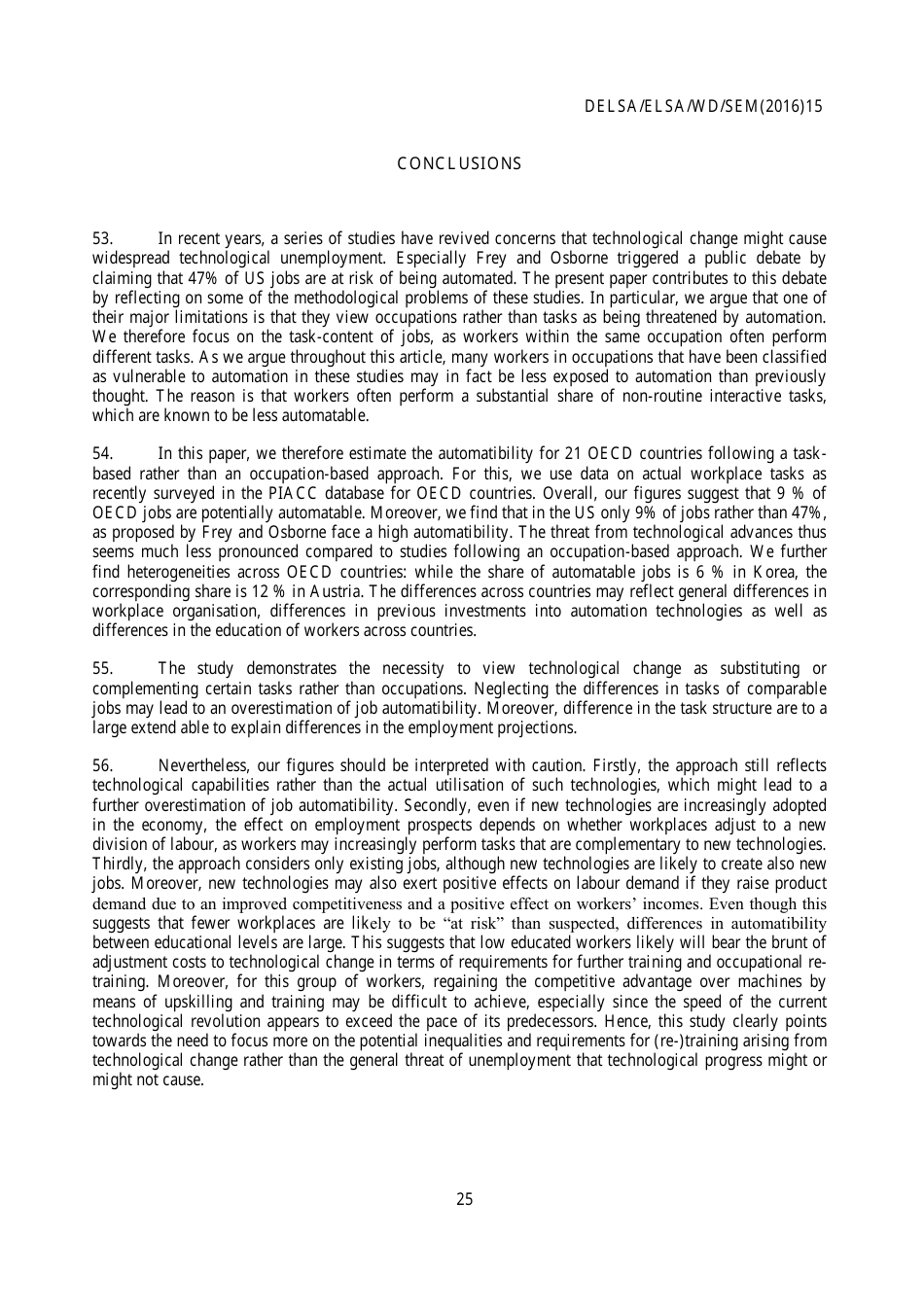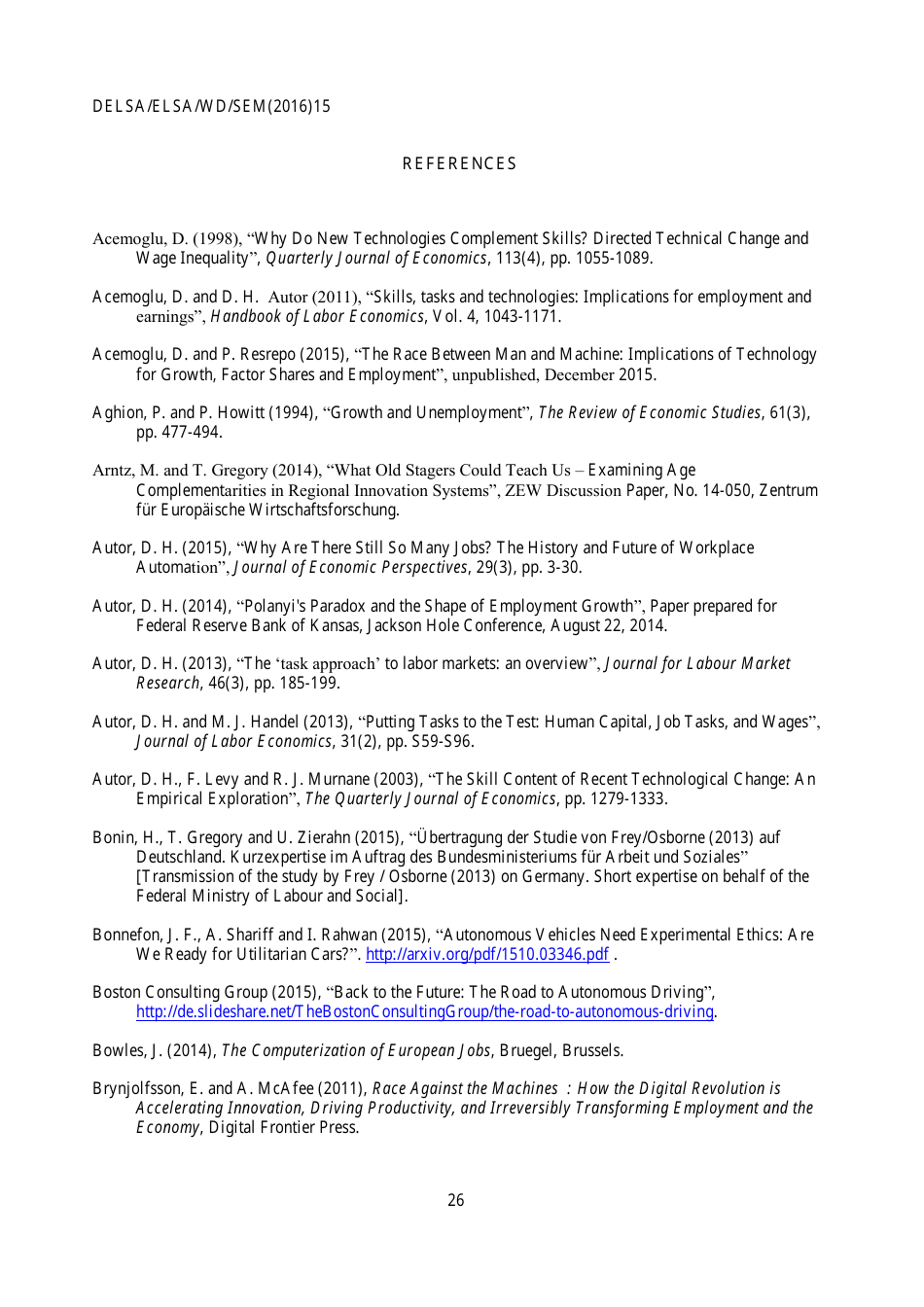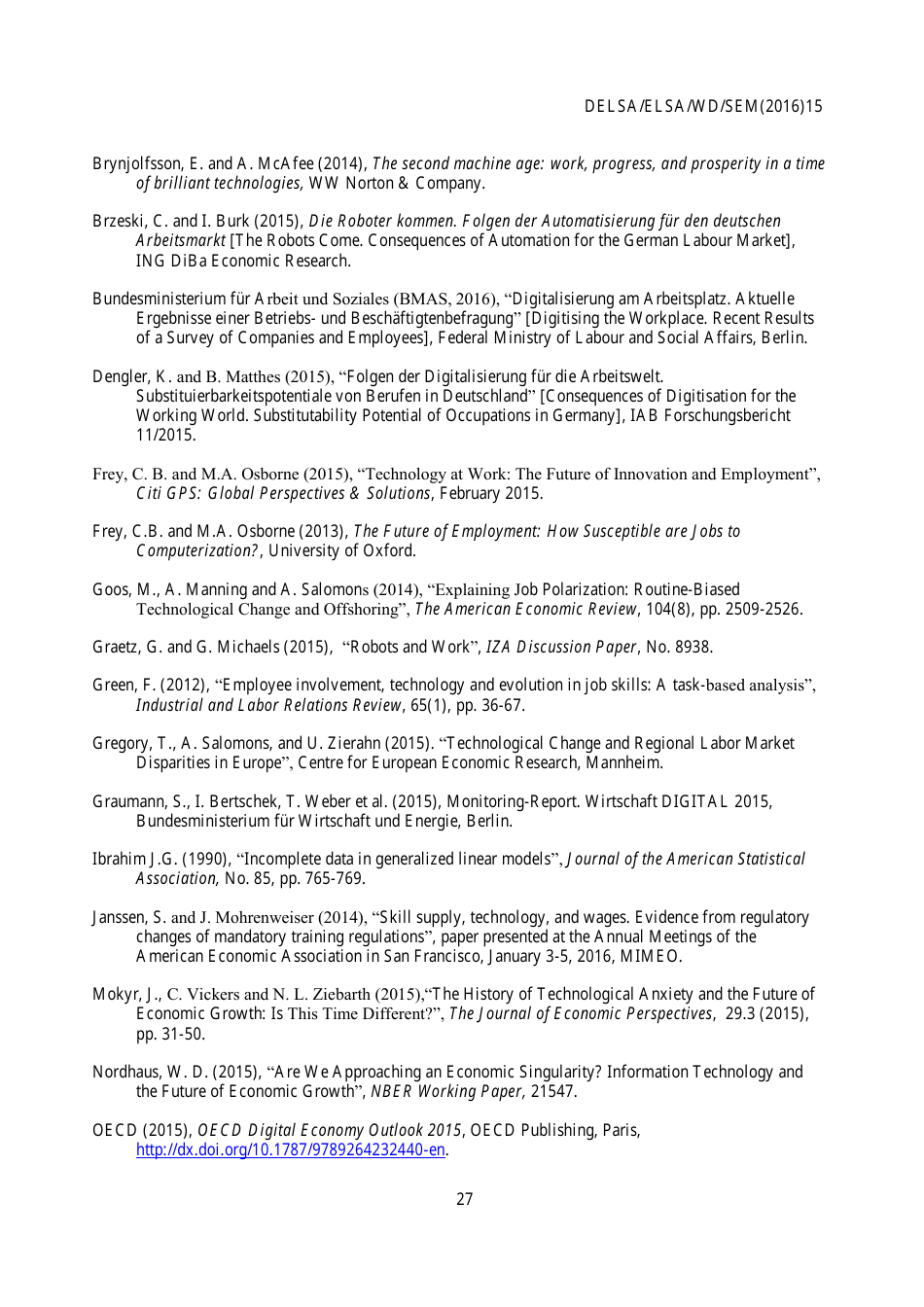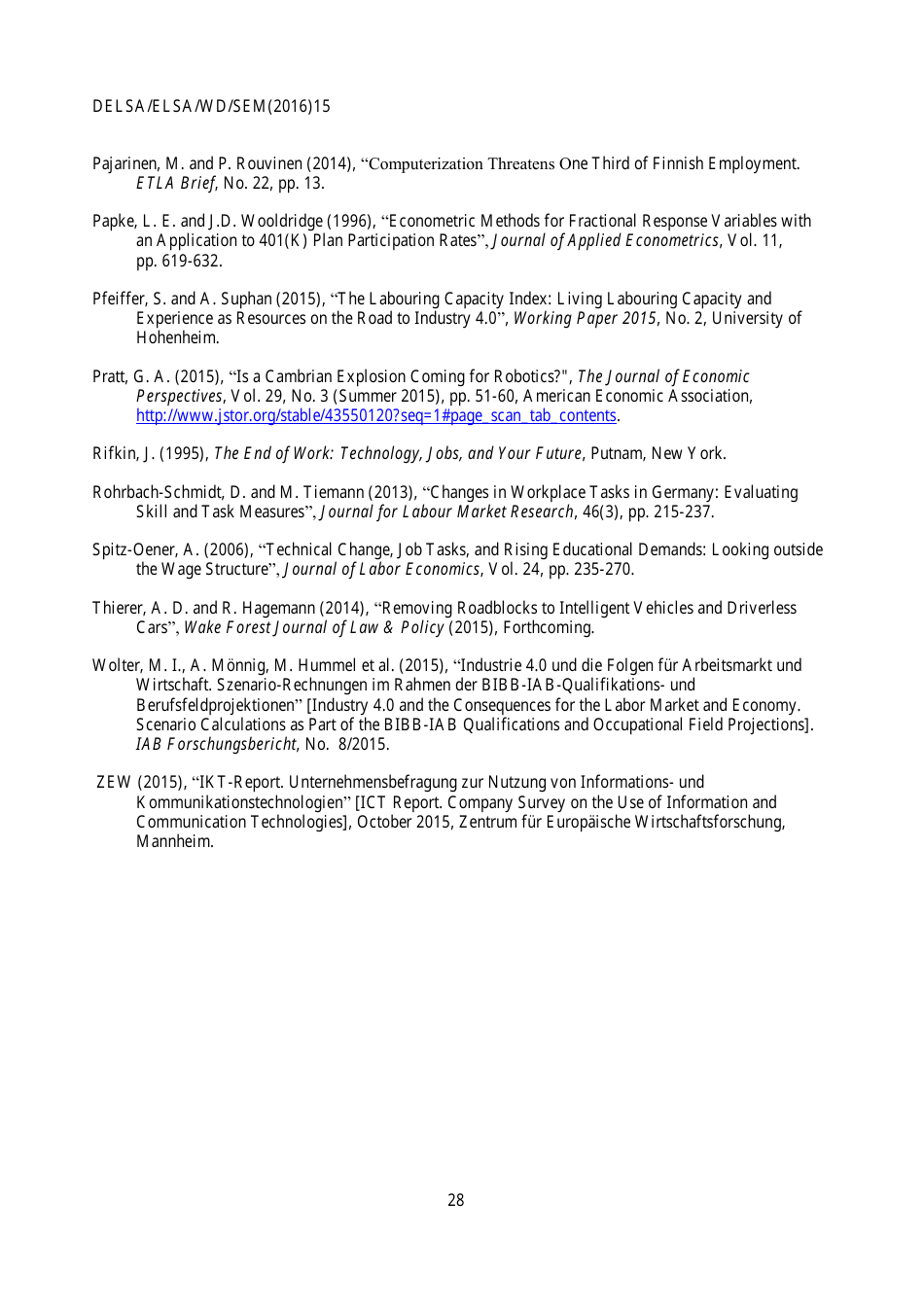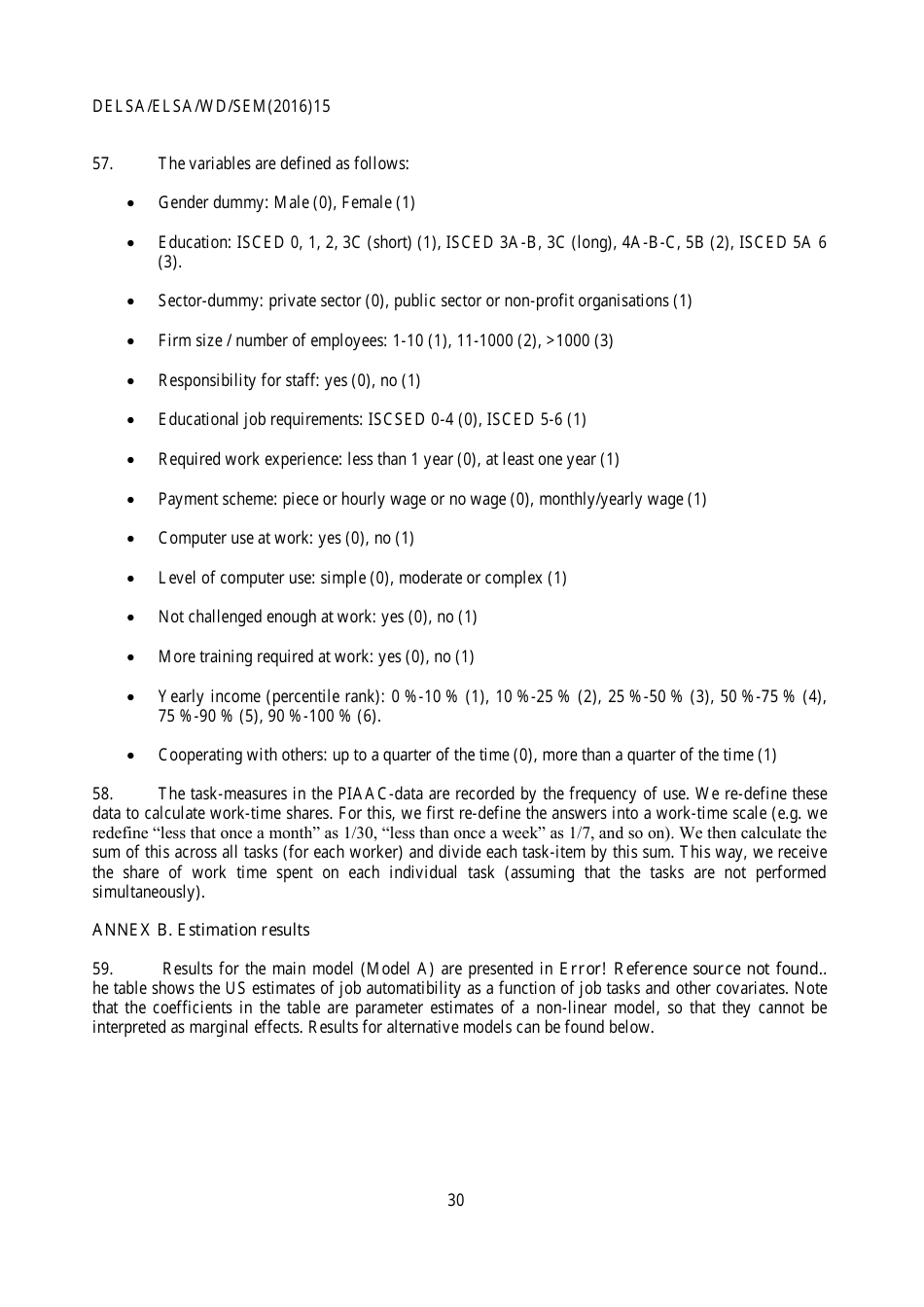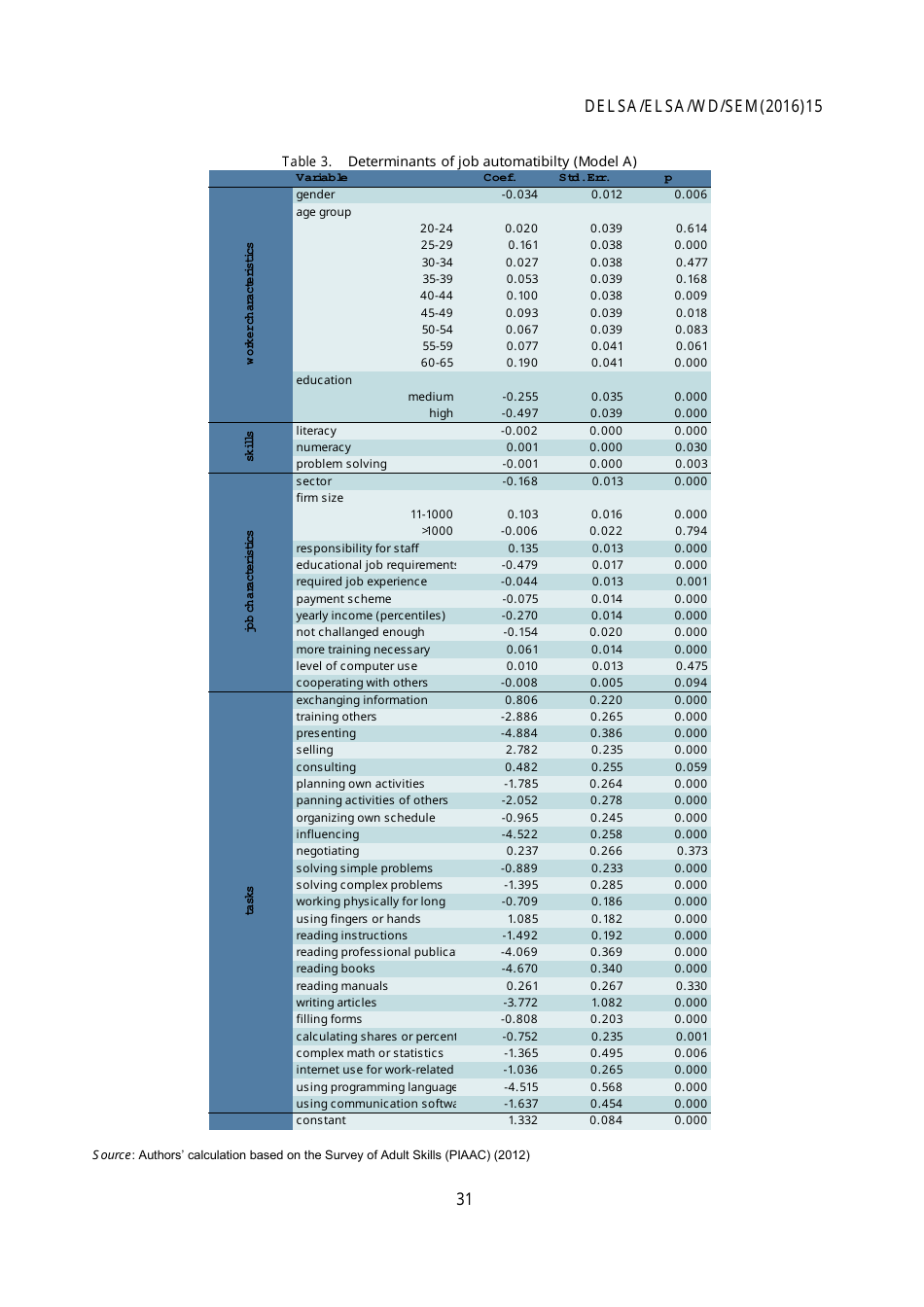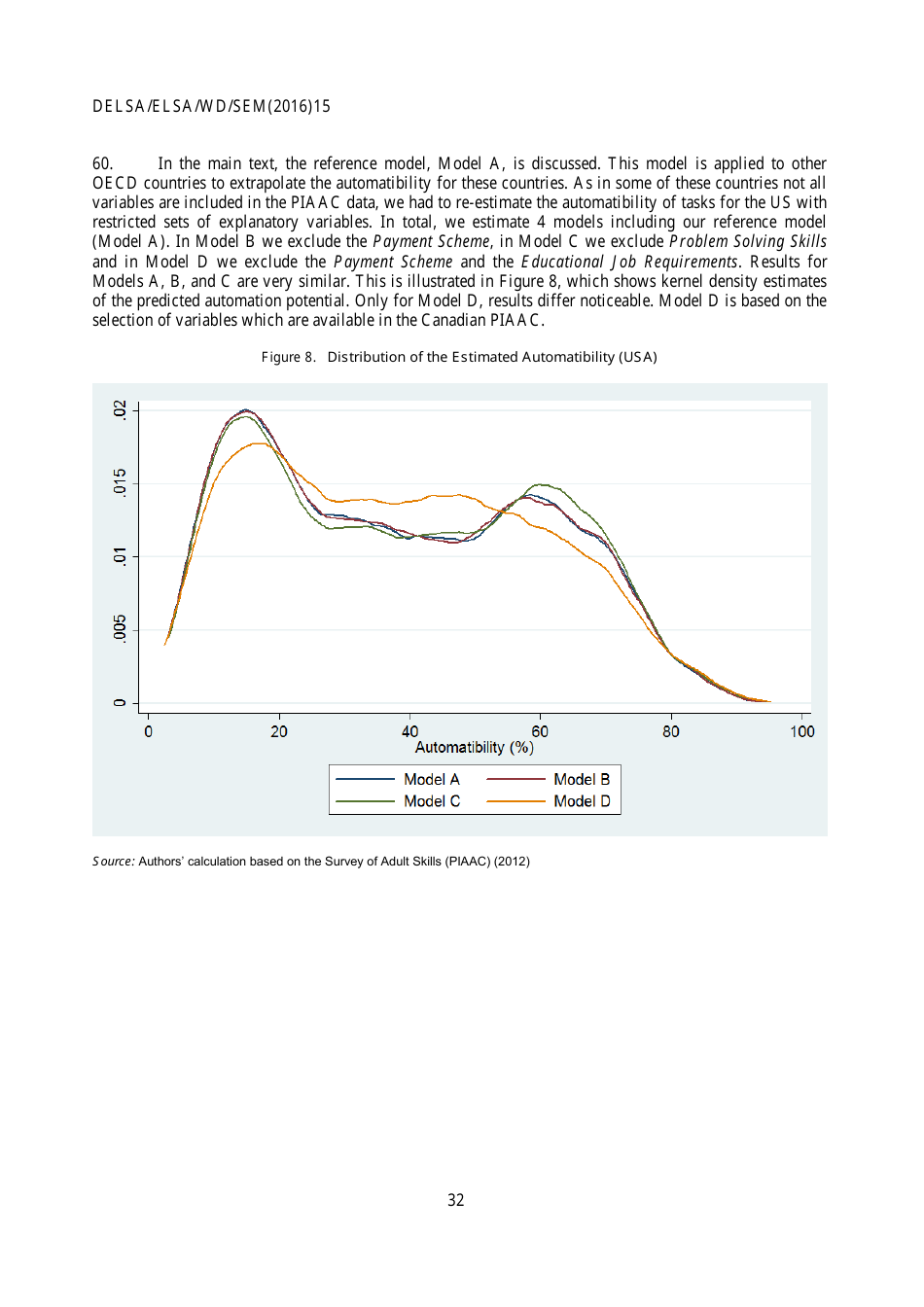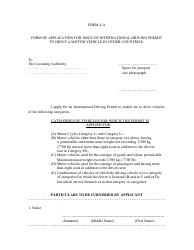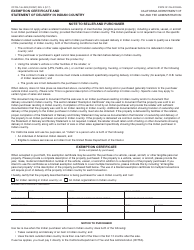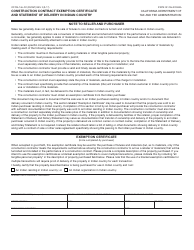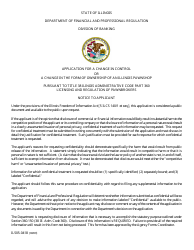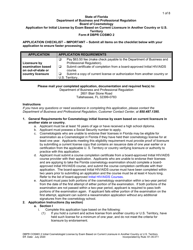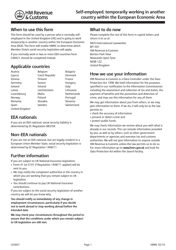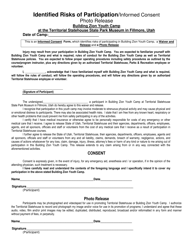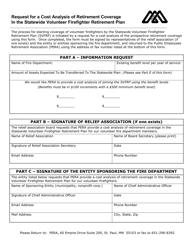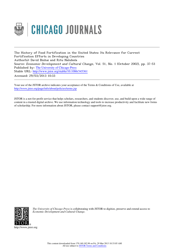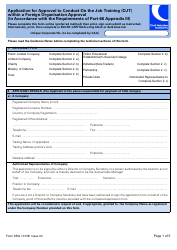The Risk of Automation for Jobs in Oecd Countries: a Comparative Analysis - Melanie Arntz, Terry Gregory, Ulrich Zierahn
"The Risk of Automation for Jobs in OECD Countries: A Comparative Analysis" by Melanie Arntz, Terry Gregory, and Ulrich Zierahn is a document that analyzes the potential impact of automation on jobs in OECD countries. It examines the extent to which technological advancements, such as artificial intelligence and robotics, could lead to job displacement and automation in different industries and occupations. The document provides a comparative analysis of the risk of automation across various countries, highlighting the potential challenges and opportunities that could arise from automation in the OECD region.
The document "The Risk of Automation for Jobs in OECD Countries: a Comparative Analysis" was filed by Melanie Arntz, Terry Gregory, and Ulrich Zierahn.
FAQ
Q: What is the risk of automation for jobs in OECD countries?
A: The risk of automation for jobs in OECD countries refers to the potential impact of advanced technologies, such as artificial intelligence and robotics, on the employment landscape. These technologies have the potential to automate various tasks and jobs, potentially leading to job displacement or transformation.
Q: Who conducted the comparative analysis on the risk of automation for jobs in OECD countries?
A: The comparative analysis on the risk of automation for jobs in OECD countries was conducted by Melanie Arntz, Terry Gregory, and Ulrich Zierahn.
Q: What does the study compare?
A: The study compares the risk of automation for jobs in OECD countries. It examines the potential impact of technology-driven automation on employment across different countries.
Q: What are some examples of advanced technologies that could contribute to job automation?
A: Some examples of advanced technologies that could contribute to job automation include artificial intelligence, robotics, machine learning, and process automation.
Q: What are the potential consequences of job automation?
A: Job automation can have both positive and negative consequences. On one hand, it can lead to increased productivity, efficiency, and economic growth. On the other hand, it can result in job displacement and the need for workers to adapt to new roles or acquire new skills.
Q: Which countries are included in the analysis?
A: The analysis includes OECD countries, which are a group of countries that are members of the Organisation for Economic Co-operation and Development. This includes countries such as the United States, Canada, Australia, and India, among others.
Q: What are some potential policy implications of the study?
A: The study on the risk of automation for jobs in OECD countries can have potential policy implications. It can inform policymakers about the need for proactive measures to manage the effects of automation, such as retraining programs, education reforms, and social safety nets.
Q: How can individuals prepare for the impact of job automation?
A: Individuals can prepare for the impact of job automation by acquiring new skills, staying updated on relevant technologies, and being adaptable in the face of changing job requirements. Lifelong learning and continuous skill development can help individuals navigate the changing employment landscape.
Q: Is all job automation necessarily negative for the economy?
A: No, all job automation is not necessarily negative for the economy. While it can lead to job displacement, it can also contribute to increased productivity and economic growth. The key is to effectively manage the transition and ensure that displaced workers have opportunities for reemployment or reskilling.
Q: What role can governments play in addressing the risk of job automation?
A: Governments can play a crucial role in addressing the risk of job automation. They can invest in education and training programs, promote entrepreneurship and innovation, and implement policies that support the transition to a digital economy. They can also collaborate with industry stakeholders to create opportunities for job creation and economic growth.
